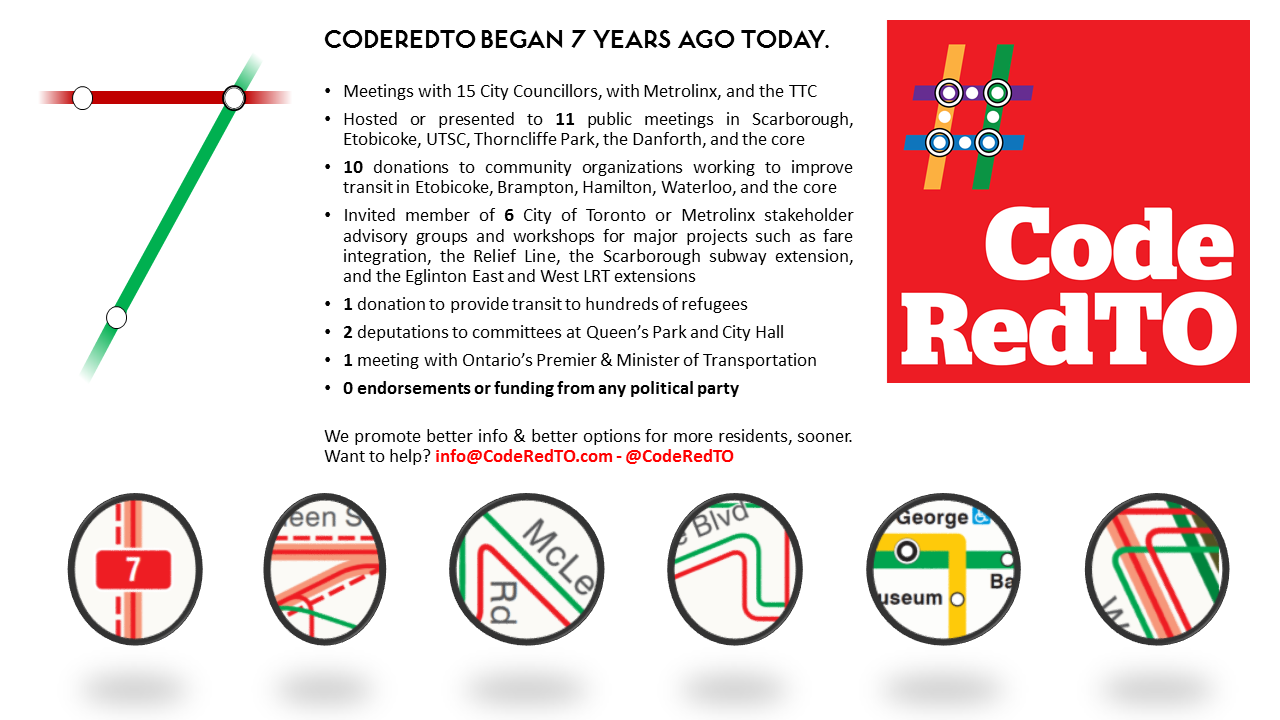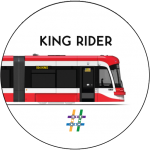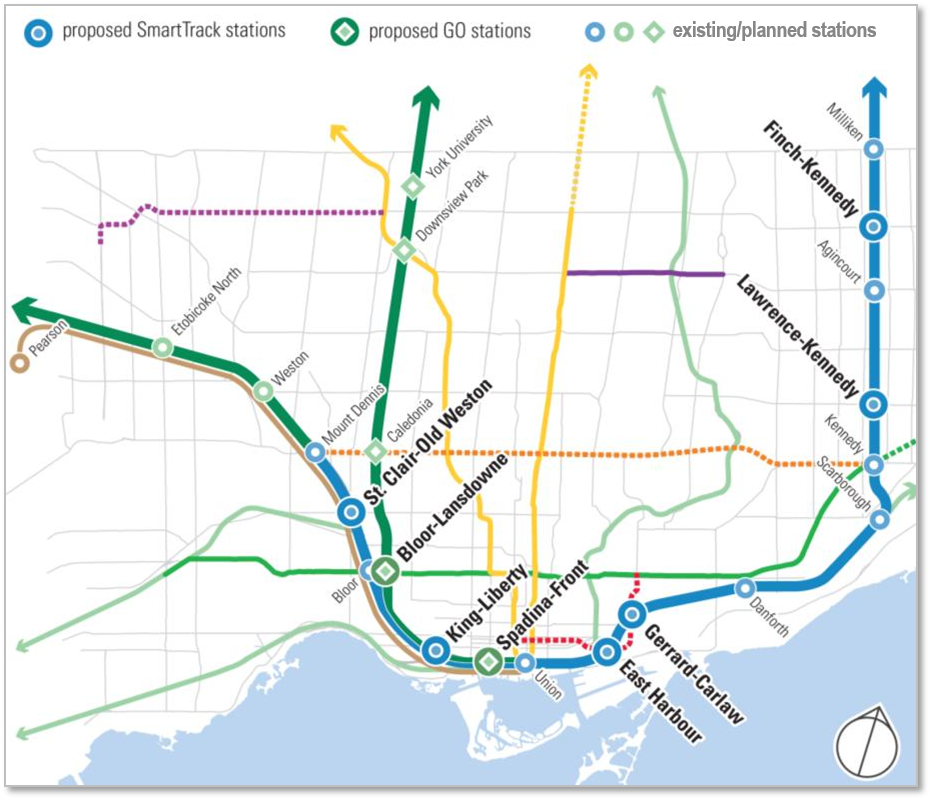
The March 30th, 2018 episode of the informative and wide-ranging StreetsBlog podcast featured Human Transit author and educator Jarrett Walker, discussing how to communicate transportation and planning concepts to the public. The discussion included several fundamental conflicts that appear when discussing public transit, such as the completely rational difference urban and rural perspectives, differing definitions of safety, and why Silicon Valley reinventing the bus is not necessarily improving on the goals of public transit.
In one exchange, Walker points out that rural politicians are not subject-matter experts on collective government services in dense urban environments:
…Many things that are government services in the city are your own responsibility at low density. If you live on a ranch, on a 100-acre ranch, the water department is your well, the sewer department is your septic tank, the police department is your gun, and the fire department is the pond! And of course you feel self-reliant, and of course you feel like you don’t need much government, because you don’t. …This whole notion that we should be having a debate about how much government is enough is silly because the answer is obviously it depends on the density you live in. So we have this stereotype in America that liberals are concentrated in big cities and they like more government, well of course – there’s simply more that has to be done collectively, more that a citizen can’t do for themselves, has to trust a collective to do, when you’re living at high density. It’s just a spatial, geometric fact.
He also discusses the problem we all have of assuming our need is a common and important need:
…If you are in a relatively fortunate position in your society, if you have substantially above-average income and/or substantially above-average education, you are going to be tempted to think about your personal tastes as being a good guide to what would work for everyone. The fundamental fallacy at the heart of it is when people tell a transit agency you’d have more ridership if you just did this thing that’s convenient for me. Transit agencies hear this all the time, it’s called stated preference, we know it’s meaningless. But this desire that everyone has to believe that deep down everyone else has the same tastes as they do and has the same priorities that they do. So when fortunate people make this mistake and start designing transit services for themselves or as though they were the design customer they end up designing things that don’t scale to the mass of people that we actually need to be serving and that aren’t actually hitting the right balance between price and quality that is appropriate to the mass of people that we’re serving, and the result is failed transit projects.
Even millionaires in Silicon Valley are good at making this assumption:
Much of the tech industry’s …fundamentally arguing that what’s wrong with transit is that we are not sufficiently responsive to the tastes of savvy tech people with six-figure salaries. Well no, we’re not, because that’s not where we start. Transit agencies spend a lot of time listening to lower-income people. There’s nothing wrong with the fact that transit services are heavily used by low-income people. The way we make transit relevant to wealthier people is not to pivot away from low-income people as I’m seeing some studies suggesting now, instead we treat the low-income people as the early adopters, and we use the service that they support and build upon that to gradually make the service more and more useful in such a way that more and more people find it useful until finally you get to the point where we have the millionaire riding it.
Walker stresses that the way we build transit is with common riders, not rare ones:
Elite projection is the mistake very commonly made by fortunate people… It’s the mistake of forgetting that if you are very fortunate you are a minority, and the way we transform a city with public transit is not to appeal to minority tastes. We are trying to get a basic product out there that a huge spectrum of people find useful, and that’s going to be very different from what the elite would design for themselves.
The full 45-minute podcast is well worth your time, as are Walker’s site and book, if you’re interested in learning more about public transit and planning issues, and how we can improve our skills in thinking about and communicating about shared goals.







